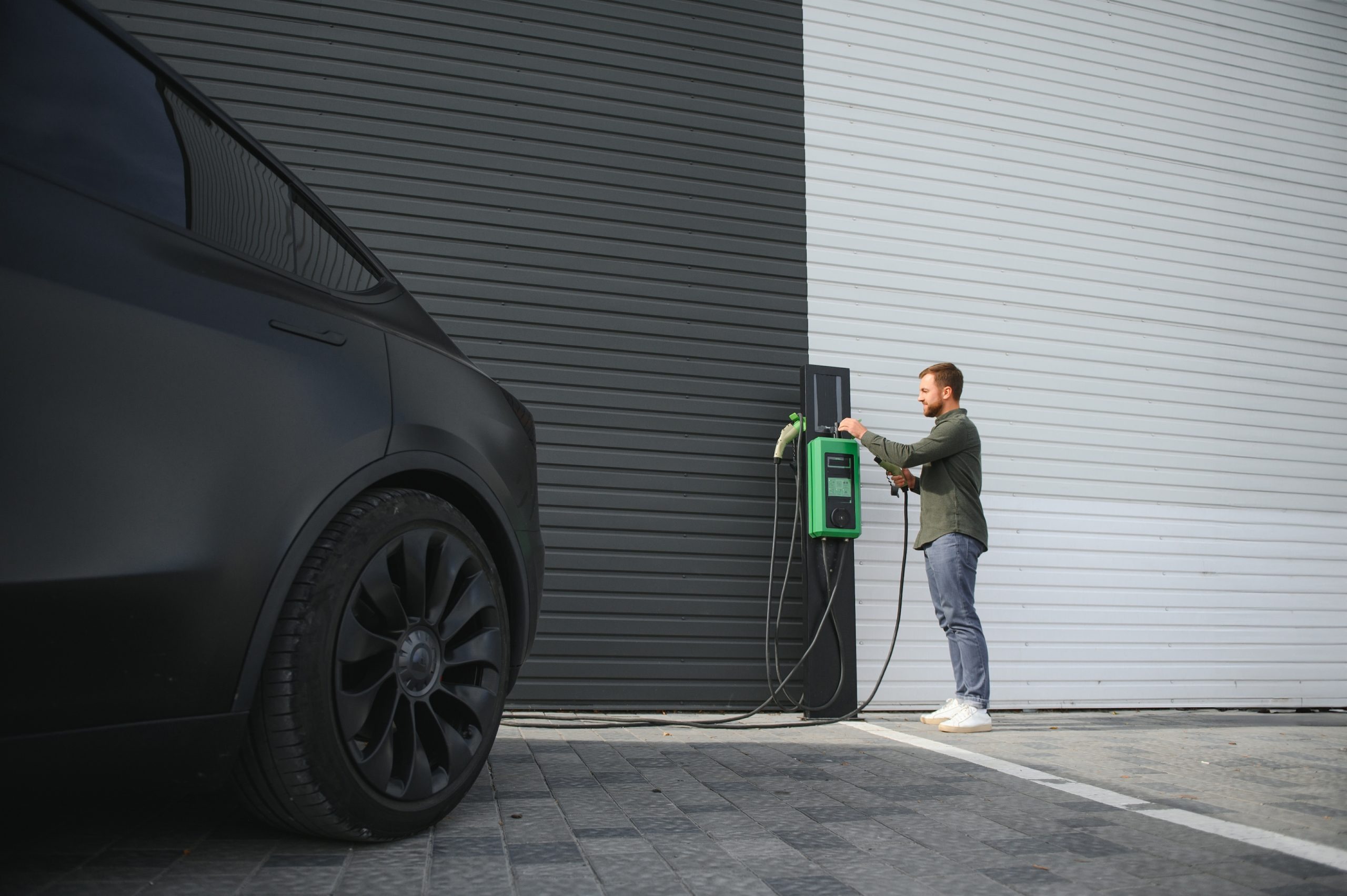Electric vehicles (EVs) are becoming more popular every day, as many drivers are now moving away from petrol and diesel cars. People want a cleaner and cheaper way to move around. As more EVs appear on the roads, one of the most talked-about issues is how these cars behave when using public charging stations.
For those who use their electric cars often and rely on public chargers to keep them going, the charging experience can either be smooth or full of stress. The ability of an EV to connect properly with different chargers has become one of the major things buyers now consider before making a purchase.
One thing many EV owners have noticed is that not all electric vehicles perform the same way when connected to charging points. Some of them plug in easily and start charging without issues.
Others may struggle, showing errors or refusing to start the charge at all. This kind of problem can be frustrating, especially when the driver is in a hurry or has few charging stations nearby. These repeated issues can reduce trust in a brand or model and affect how people view the car.
Charging troubles may come from many sources. It could be a software problem in the car itself, or maybe the car’s plug does not properly fit into the charger. Sometimes, it’s about how the car’s internal system communicates with the charging station.
Whatever the case may be, the experience can be annoying. With more EVs being sold each year, these technical issues are now more visible. Owners want cars that do not give them problems during everyday use.
In this write-up, we shall look at five electric cars that perform very well with public chargers and hardly ever fail to connect. After that, we shall also look at five that are known for having regular problems with charging. The goal is to help buyers make smarter choices when it comes to picking EVs that will work well for them in day-to-day life.
5 EVs That Rarely Break Chargers
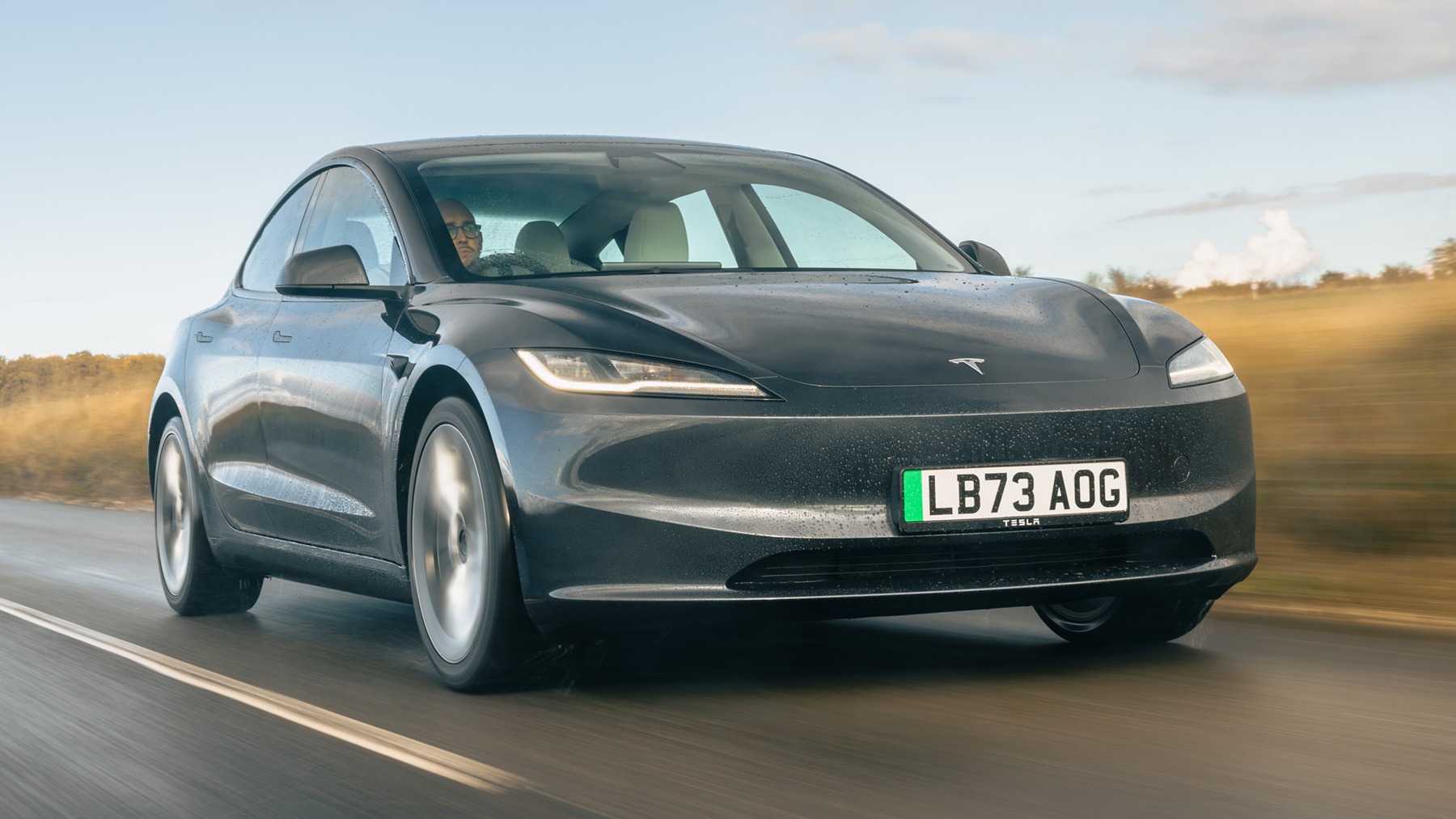
1. Tesla Model 3
The Tesla Model 3 remains one of the most well-known electric vehicles in the United States. It is not just about how far it can go per charge or how fast it is. One of the main things that makes this car stand out is how smoothly it connects with public chargers.
When it comes to charging, the Model 3 rarely causes any problems. Whether it is using a Tesla Supercharger or a third-party charging station, most drivers report that the process starts quickly and ends properly without any errors.
This smooth experience can be traced to Tesla’s smart software system. The car’s internal system is updated regularly through wireless software updates, meaning it is always ready to work well with new chargers or newer charging technologies. These updates also fix small bugs and keep the system running well without the need to visit a workshop.
Tesla also designs both the car and its charging network, which gives them full control. Because of that, the Model 3 and other Tesla models work perfectly with Superchargers. But even when the car uses charging networks like Electrify America or EVgo, it still performs well. The plug usually fits without trouble, and the car’s system communicates smoothly with the station.
Another reason why the Model 3 does well with public chargers is its clear and simple charging interface. On the screen inside the car, drivers can see charging speed, time left, and any error messages if they come up. That helps drivers to understand what is going on and take quick steps if anything seems wrong.
For buyers who want an EV that just works and does not cause stress at charging points, the Model 3 remains a top choice. Its ability to charge smoothly in almost every situation makes it one of the most dependable EVs in this area.
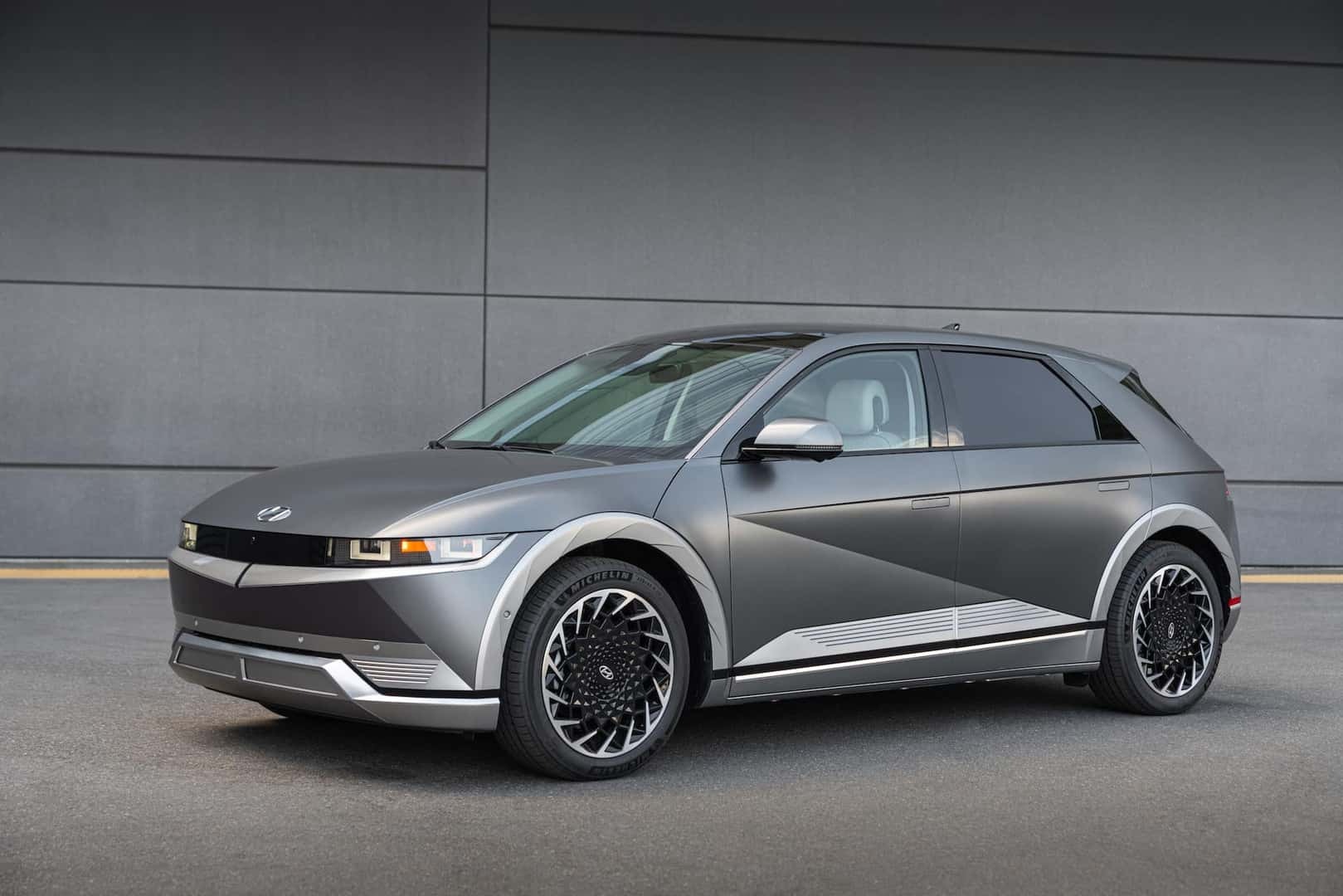
2. Hyundai Ioniq 5
The Hyundai Ioniq 5 may look very stylish on the outside, but what truly makes it impressive is how it handles charging. Many drivers praise this car because it hardly ever gives problems when connected to different public charging stations. From fast-charging spots to slower ones found in parking lots or office buildings, the Ioniq 5 connects smoothly and does not waste the driver’s time.
This car uses an 800-volt charging system, which is one of the fastest and most advanced systems available in the EV market. That means when connected to high-speed DC fast chargers, the Ioniq 5 can charge from 10 percent to 80 percent in about 18 minutes. The fact that it does this without stopping or showing any faults makes it stand out.
Hyundai made sure the Ioniq 5 works well with many kinds of chargers. Whether it is an Electrify America station or a local charger in a small town, the Ioniq 5 usually has no issues starting the charge. The car’s software system has been programmed to recognize many charging systems, and updates from the manufacturer keep improving it.
Users also report that the plug fit is tight and secure, reducing the chances of loose connections or faults during the charge. The charging port is also well-placed and easy to reach, which helps in public places where space may be limited.
Another strong point of the Ioniq 5 is how it gives information to the driver. The touchscreen inside shows charging speed, battery status, and even estimated time remaining. It removes the guesswork, so you are not left wondering how much longer you have to wait.
With its strong charging abilities, reliable software, and wide compatibility with different stations, the Ioniq 5 has become one of the few EVs that rarely disappoint when it comes to charging.
Also Read: 5 Cars With Effective Air Filtration and 5 That Circulate Dust
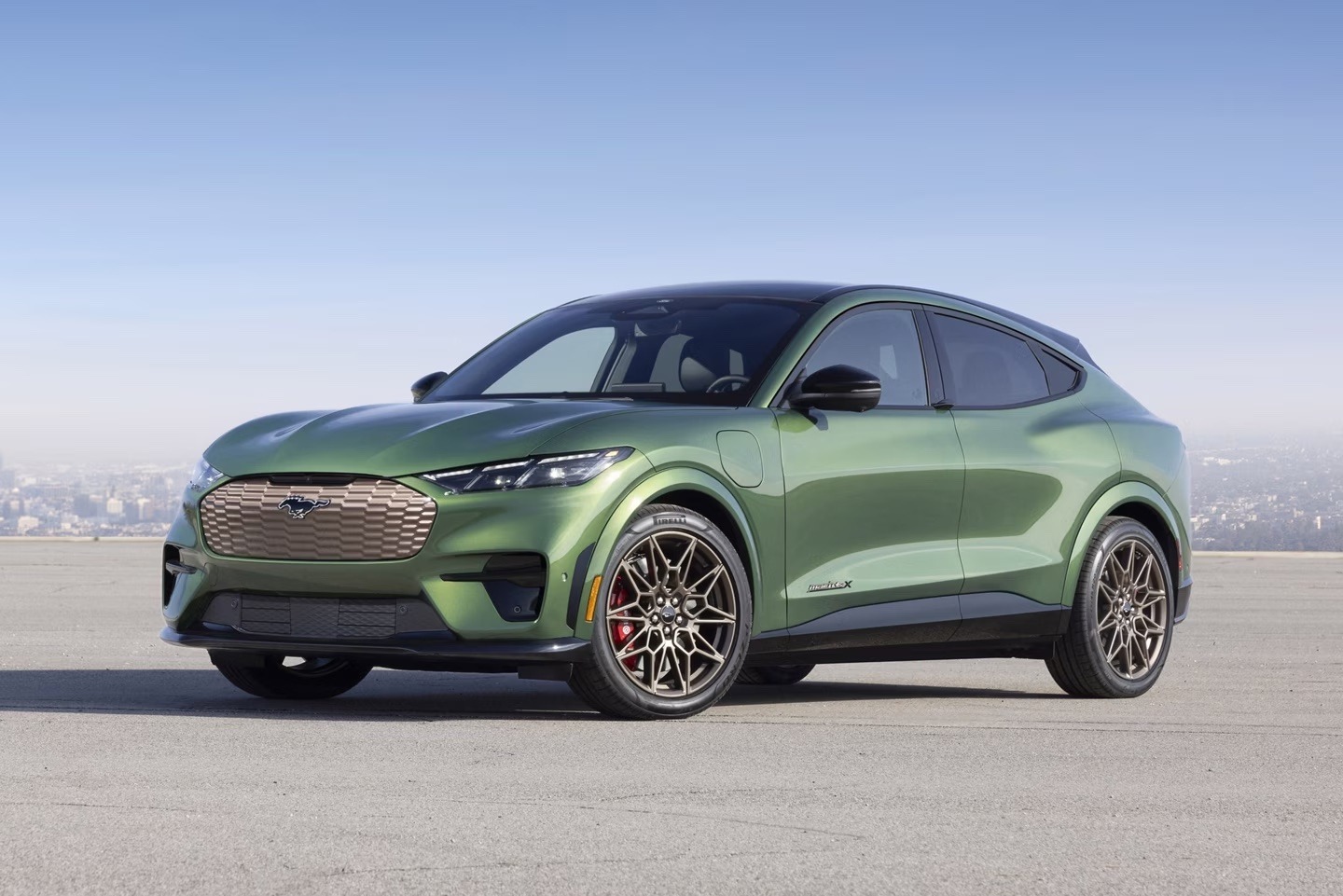
3. Ford Mustang Mach-E
The Ford Mustang Mach-E is another EV that does very well at public charging stations. Ford put in serious effort to make sure this vehicle could handle everyday use in all kinds of conditions, and that includes working with a wide range of chargers. Drivers across different states have shared positive feedback about how this car charges without errors most of the time.
From the start, the Mach-E was built with public charging in mind. It works smoothly with most networks, such as ChargePoint and Electrify America. The car’s built-in software recognises the chargers and establishes a good connection quickly. This means that drivers do not have to keep trying to plug in and unplug or wait long for the system to respond.
Ford also made sure to give the Mach-E the ability to handle both Level 2 and DC fast charging. That makes it suitable for drivers who want to top off at home or get a quick charge while shopping. The DC fast charging feature, in particular, works very well with this model. Drivers often mention that charging from 20 to 80 percent takes under 40 minutes with no interruptions.
Another helpful feature is the FordPass app, which allows users to monitor and control charging sessions remotely. This app adds to the convenience by helping users find working stations, track charging progress, and even pay for sessions from their phones.
The Mach-E’s design also helps with charging reliability. Its charging port is built to fit most plugs perfectly, and the protective cover keeps out dirt and moisture that can cause faults. The car’s system also guides users during the charging process through clear screen messages and sound alerts.
For drivers looking for a dependable EV that rarely causes any drama at public charging stations, the Mustang Mach-E continues to be a smart pick.
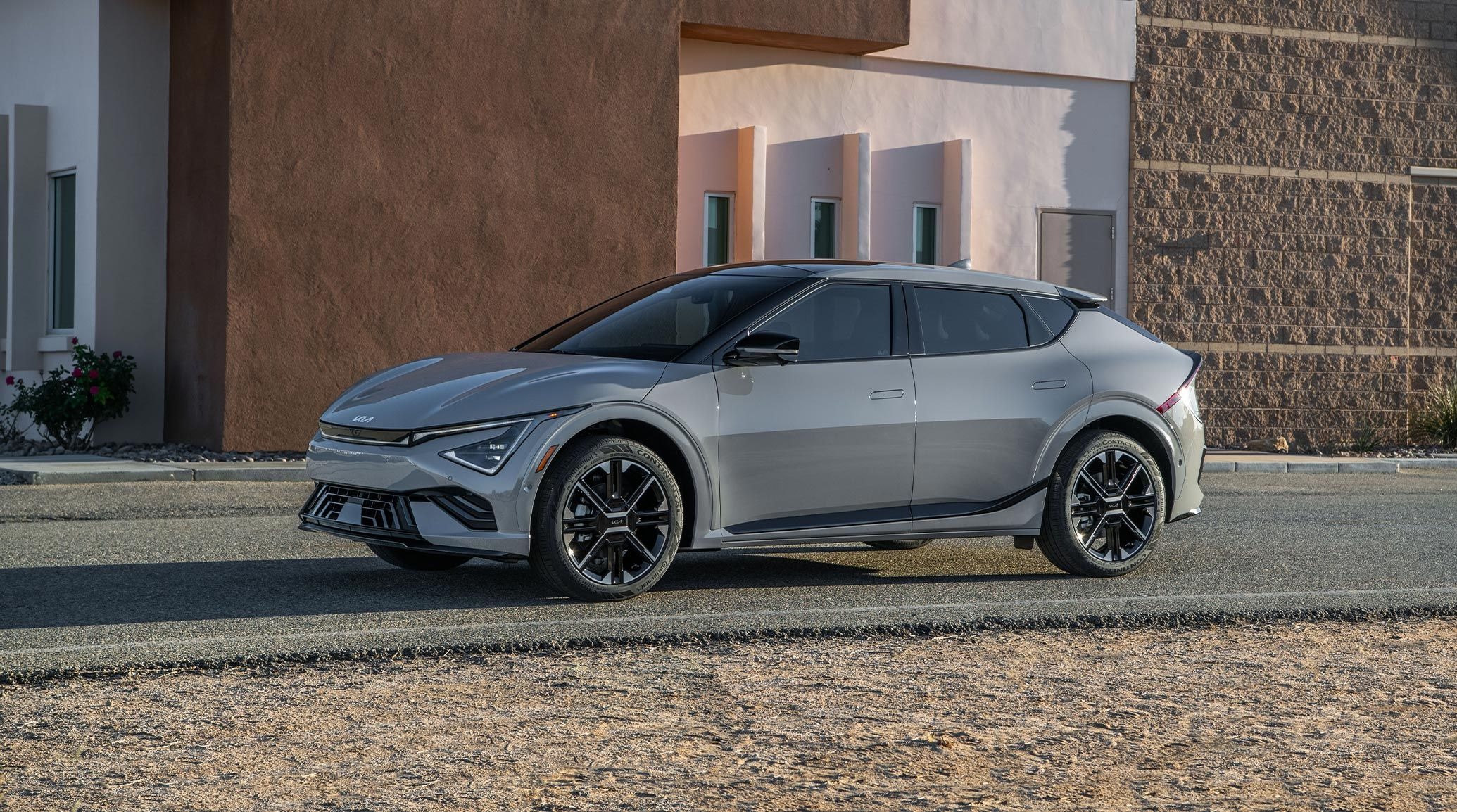
4. Kia EV6
Kia’s EV6 has impressed many drivers with its reliable performance and bold design. When it comes to charging, this car performs strongly. Most owners say they hardly ever face trouble when trying to charge their EV6 at public stations, whether they are using fast chargers or standard ones.
One of the biggest reasons for this positive result is the EV6’s high-speed 800-volt system. Just like the Hyundai Ioniq 5, the EV6 can charge up very quickly if the charger supports it. When using a high-capacity DC charger, it can go from low battery to about 80 percent in under 20 minutes. It does this without showing any warning messages or errors that stop the charging process.
The EV6 is also smart when it comes to compatibility. It supports Plug and Charge on some networks, which means you do not need to tap a card or start the charge manually. Once the car is plugged in, charging starts automatically. This makes things faster and easier for the driver, especially when they are in a hurry.
The car’s software system is well-designed to talk with a wide range of chargers. It gives quick responses and helps avoid long wait times. Many public chargers work perfectly with the EV6 on the first try, saving drivers from frustration.
Even the charging port design adds to its reliability. The placement is easy to reach, and the cover closes tightly to prevent weather-related issues. The car also provides clear signals when charging has started, so drivers are not left guessing.
Kia updates the EV6 software often to improve its charging features and remove bugs. These updates can be downloaded and installed without visiting the workshop, which helps the car remain dependable across different charging stations.
Anyone searching for an electric vehicle that charges quickly and without headaches will find the Kia EV6 to be a strong choice. It ticks all the boxes for charging dependability.
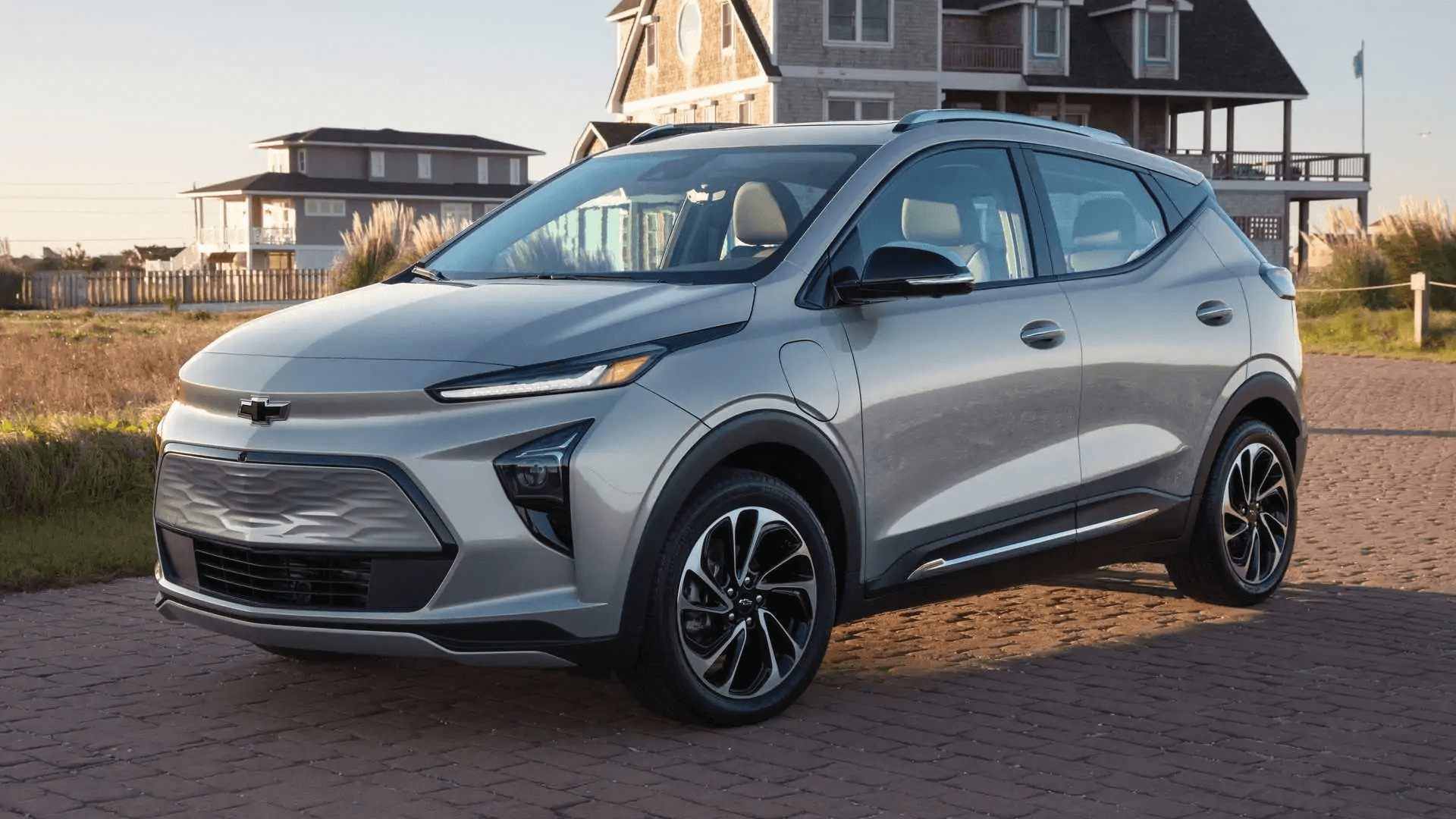
5. Chevrolet Bolt EUV
The Chevrolet Bolt EUV might not be the flashiest EV on the market, but when it comes to public charging, this car performs very well. Most owners have found that it connects without problem to many charging stations around the United States.
One reason the Bolt EUV works well in this area is because of its simple design. Fewer high-end features could go wrong. That may sound like a downside, but in truth, it helps the car avoid many software bugs or confusing system errors during charging. The basic systems are solid and function properly.
The Bolt EUV supports DC fast charging and works well with many networks like EVgo, Blink, and ChargePoint. It does not need special plugs or settings. Just plug it in, and the system usually starts working after a short handshake. The screen inside the car then gives clear feedback, letting the driver know charging is going smoothly.
Chevrolet also ensured that the Bolt’s port is compatible with most public chargers. It does not feel loose or tight, and the connectors rarely cause any fault messages. Drivers say that even in poor weather conditions, the car handles charging without interruptions.
The myChevrolet mobile app adds extra convenience, helping owners monitor their charging, check range, and even schedule charge times remotely. This makes charging even more flexible, especially for people who want to manage their electricity costs or take advantage of off-peak rates.
Software updates for the Bolt EUV are done either at the dealership or wirelessly, depending on the feature. But most of the time, the car’s charging system works so well that it does not require frequent fixes.
For drivers looking for a simple, trouble-free electric car that gets the job done at public charging stations, the Chevrolet Bolt EUV remains a dependable choice.
5 EVs That Always Fail at Charging
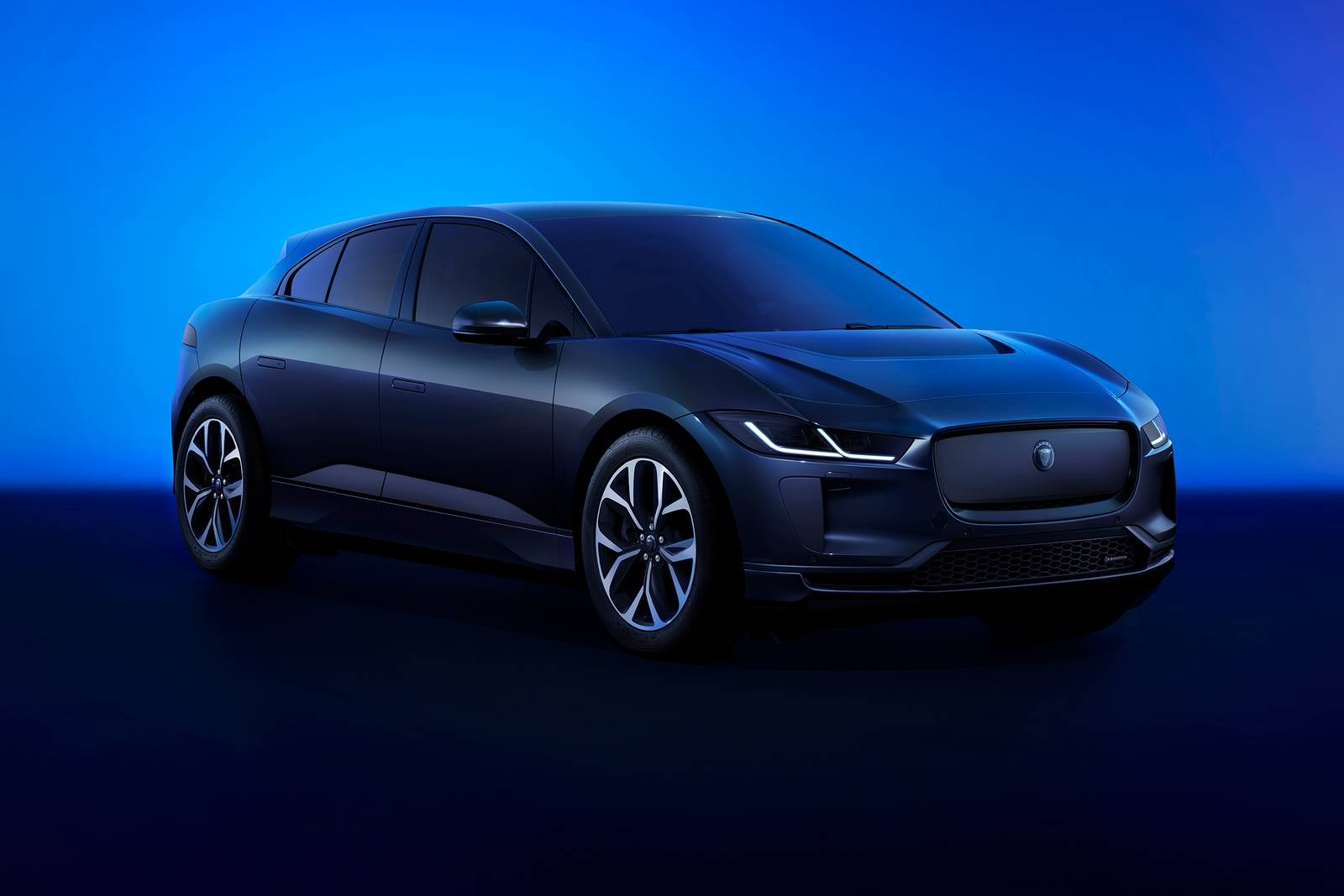
1. Jaguar I-PACE
The Jaguar I-PACE, though praised for its luxury design and smooth ride, often receives complaints from users when it comes to public charging reliability. Many drivers have reported that charging this EV can be very frustrating, especially when trying to use third-party fast-charging stations. These problems are not always because of the chargers themselves, but due to how the car communicates with them.
The I-PACE struggles with charger handshake processes, which is the brief moment when the charger and the car try to connect and agree on the charging session. For several users, the car either takes too long to start charging or simply fails to begin at all. This becomes a serious issue when drivers are short on time or low on battery, especially in areas with fewer charging options.
Another issue comes from the car’s software, which sometimes does not update properly or lacks the needed compatibility with newer public chargers. While Jaguar has released some updates, not all owners receive them at the right time, and some updates require a trip to the dealership. These delays create more difficulties, especially when drivers depend on fast and easy charging while on the move.
The design of the charging port also presents problems. Some owners have complained that the port placement is awkward and doesn’t always allow for a firm connection. Loose plugs or poor contact can lead to failed charging sessions. This becomes even worse in bad weather, where water or dirt may affect the connection.
Many charging apps and stations like Electrify America or EVgo struggle to work well with the I-PACE, even when other EVs charge just fine on the same equipment. It has led to frustration and complaints across online owner communities.
Although the I-PACE remains an attractive car with strong performance, its inability to charge smoothly in many public locations puts a dent in its reputation. For a vehicle in its price range, drivers expect far better reliability when it comes to something as basic as charging.
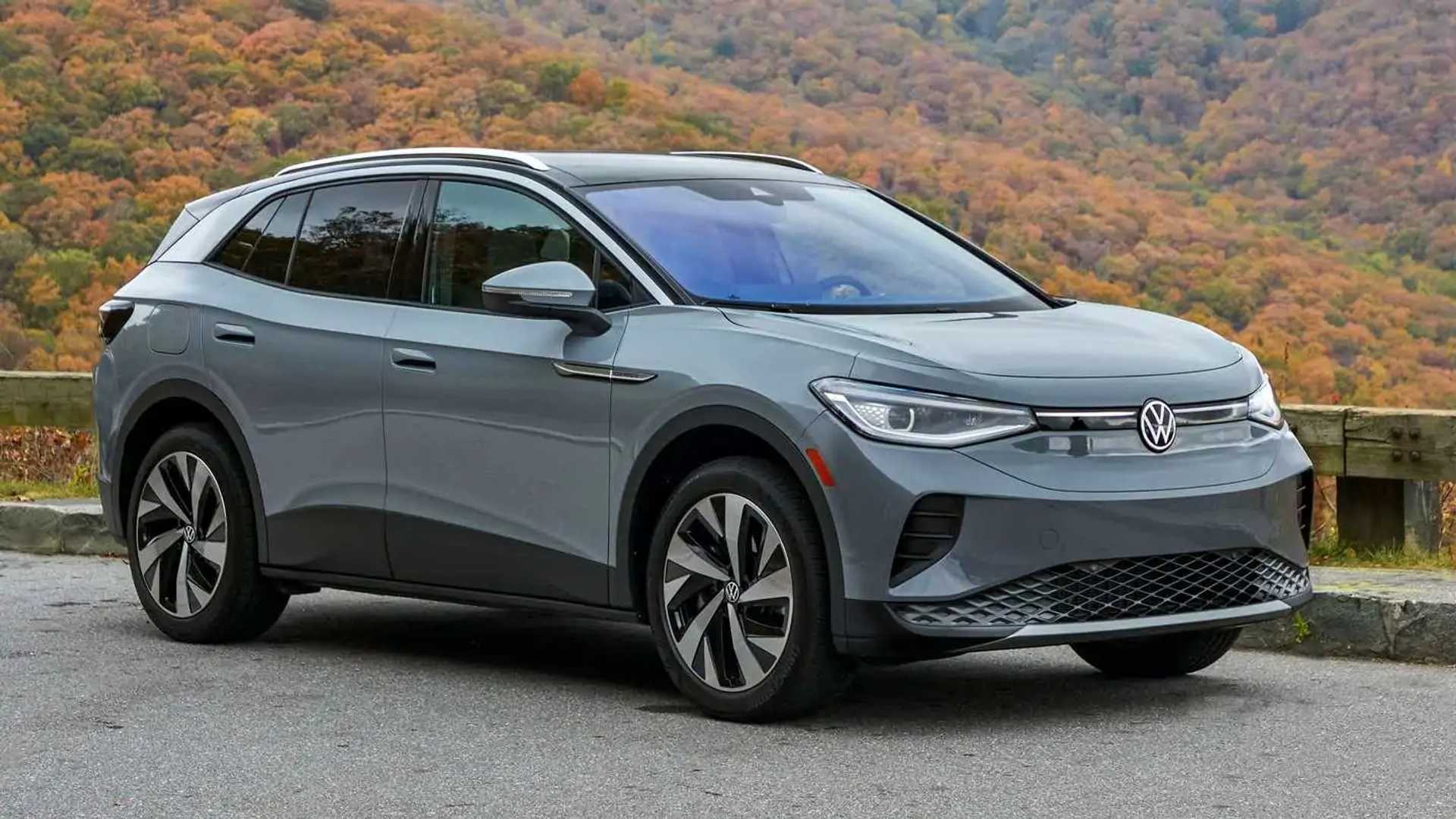
2. Volkswagen ID.4
The Volkswagen ID.4 has earned praise for comfort and range, but one of the biggest complaints from owners has been its charging behaviour. Many users have pointed out that the car regularly struggles with public charging stations. Whether it is slow to connect, refuses to charge, or stops mid-session, these problems continue to appear even after software updates.
One of the most common issues lies in the handshake process between the ID.4 and public chargers. When plugged in, the car often takes longer than usual to start charging, sometimes up to a few minutes. Worse still, many drivers report that it completely fails to start unless they try again by unplugging and reconnecting. This can turn a quick stop into a frustrating delay.
The ID.4 also has a software system that is slow to respond. Its interface lags when going through charging menus or trying to check charging progress. Some drivers have experienced freezes during charging or system reboots at the charging station. These glitches create confusion and waste time.
Fast-charging capability is supposed to be one of the ID.4’s strong features, but many owners find that the car rarely hits its top charging speed. Even when plugged into high-capacity DC chargers, the car often performs below expectations, charging slower than other EVs on the same network. This is particularly frustrating for people relying on quick top-ups during travel.
The car’s charging port, while designed to fit standard plugs, has been known to fit too tightly or fail to click in properly. This may lead to error messages or failed sessions. In cold weather or rain, the problems appear even more frequently, as the system becomes more sensitive.
While Volkswagen has made efforts to improve things with software patches, these updates do not always reach all users promptly. Some dealers do not install updates unless the customer complains first, and this approach leaves many drivers with unresolved charging issues.
For people looking for dependable charging every time, the ID.4 continues to disappoint more often than it should.
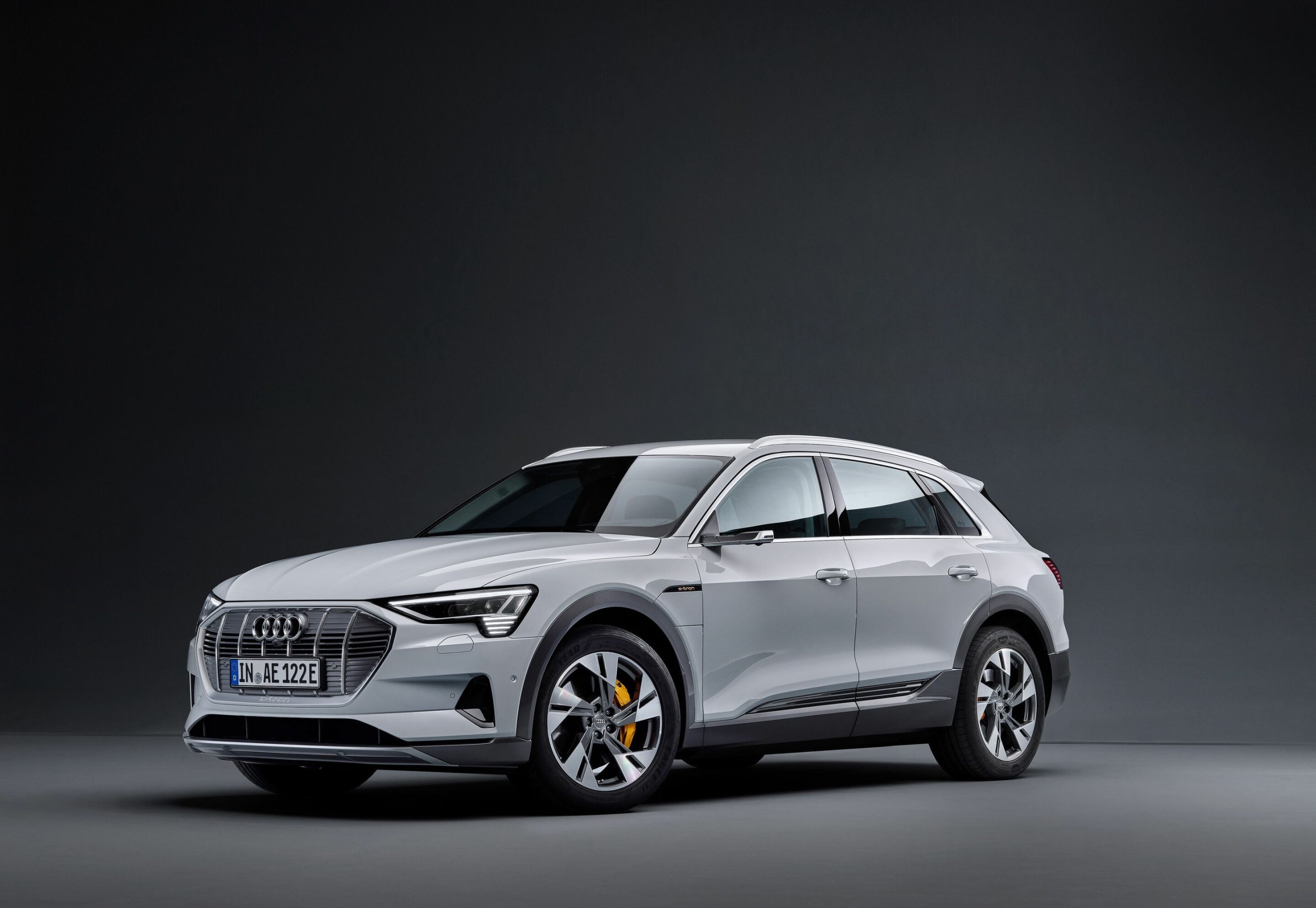
3. Audi e-tron
The Audi e-tron entered the electric vehicle market with strong branding and expectations. Many people believed that its luxury status would also mean a trouble-free charging experience. Unfortunately, that has not been the case. A large number of owners have shared stories about how the e-tron struggles with public charging systems, especially non-Audi chargers.
One of the most talked-about complaints is how slow the car is to respond when connected to a public charger. Unlike some EVs that begin charging almost immediately after being plugged in, the e-tron often takes longer to respond. Sometimes, the car delays the start of charging, leaving drivers unsure whether the session has started properly or failed.
In other cases, the charging session starts but then stops midway without warning. This interruption causes wasted time and can create serious inconvenience, especially during road trips or when drivers are pressed for time. While this issue might not happen every time, it appears often enough to frustrate many users.
Software compatibility is another problem area. The e-tron’s software does not always communicate well with newer charging stations, especially those from non-Audi networks like Electrify America or EVgo. This poor compatibility can result in failed connections or slower-than-expected charging speeds.
Audi has rolled out software updates aimed at fixing these problems, but the process is often unclear and inconsistent. Many drivers do not know when or how to receive the latest update, and some updates must be done at a dealership, adding even more inconvenience.
The charging port design is also not perfect. It is placed in a way that sometimes makes plugging in difficult depending on the angle or charger type. In some cases, the plug may not sit properly, leading to a loose connection or failed charging attempt.
For a premium EV, the e-tron falls short in offering a smooth and easy public charging experience. This is one area where buyers expect better performance from a luxury brand, but instead find repeated charging trouble.
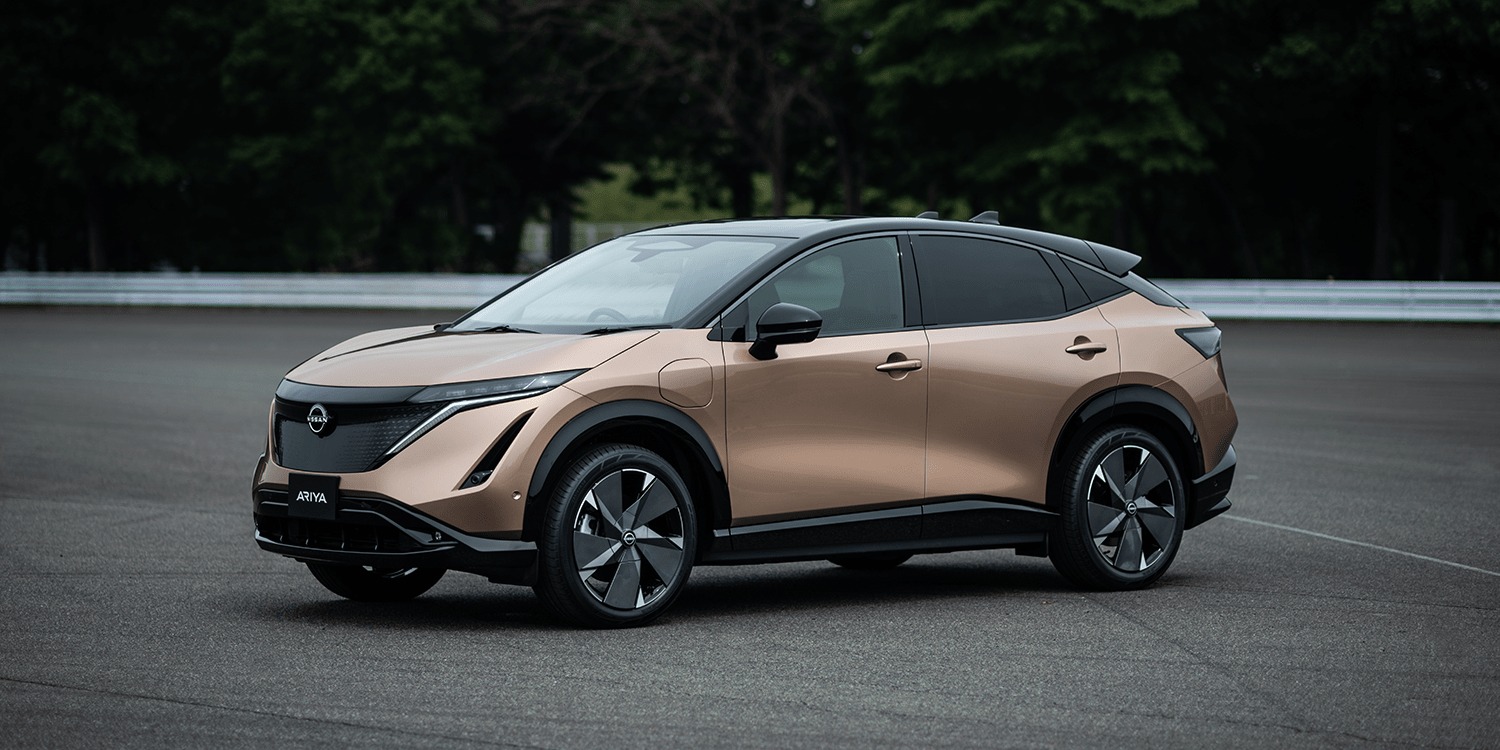
4. Nissan Ariya
The Nissan Ariya is a newer entry in the electric car market, and while it brings a fresh design and comfortable ride, it has been marked by repeated complaints when it comes to charging. Many users have shared their experience with failed charging attempts, unreliable fast charging, and long wait times at public stations.
One of the main issues with the Ariya is that it sometimes fails to recognize the charger properly. Drivers plug the car into public stations, especially DC fast chargers, only to find that the charging process does not start. In many cases, the screen inside the car remains blank or shows a generic message that does not explain what went wrong. This lack of clear feedback creates confusion for the driver and often leads to unnecessary retries.
Even when the car does connect, it sometimes charges very slowly, even on fast-charging equipment. This defeats the purpose of paying for a high-powered charging session. Owners have expressed concern over how the vehicle manages energy during charging, with some saying it drops the charging rate without warning.
The Ariya also suffers from a physical design issue with the charging port. The plug sometimes does not fit tightly or may require extra pressure to engage fully. If the plug is not seated just right, the car may display an error or refuse to charge. This makes public charging very frustrating, especially when using stations in crowded areas where there is little room to adjust.
In colder areas, the Ariya appears to suffer more charging failures than similar vehicles. The system becomes slower to respond, and the plug connection gets even more difficult. Some users even report that they avoid charging in low temperatures because of the problems they face.
Though the Ariya has received praise for its cabin and driving feel, its performance during public charging is still behind what most buyers would consider acceptable. Nissan will need to make serious improvements if it wants to regain trust from its growing EV customer base.
Also Read: Top 10 Cars With Durable Upholstery Offering Long-Lasting Interiors
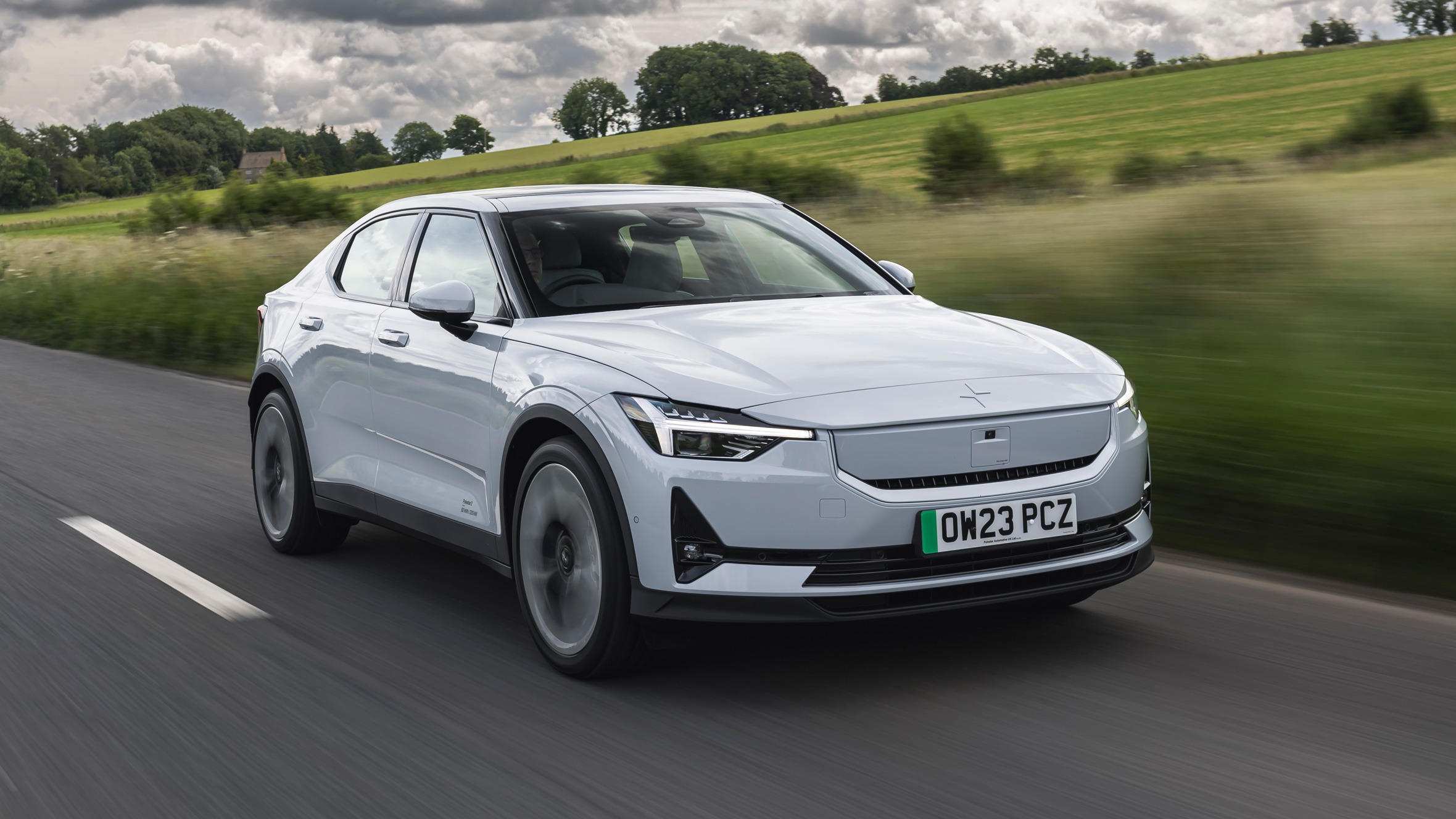
5. Polestar 2
The Polestar 2 stands out for its modern design and driving comfort, but many users have discovered that its charging performance does not match up. The car often gives drivers a hard time when trying to charge at public stations, especially those that are not part of a specific charging network.
One major complaint involves how long it takes for the car to respond after being plugged into a charger. The handshake between the charger and the Polestar 2 can be unreliable. In many cases, the car takes so long to begin charging that drivers must unplug and try again. This creates unnecessary delays and can turn a routine stop into a time-consuming task.
The car’s software also struggles with charger compatibility. It has been reported that the Polestar 2 does not always talk well with certain charging stations. This leads to frequent communication errors that prevent charging from starting at all. Drivers may see error messages on the charger or inside the car, but the solution is not always clear.
Another issue that drivers mention is how the car sometimes drops its charging rate without warning. Even on a high-speed DC charger, the Polestar 2 may start strong, only to reduce its charging speed far too early. This behaviour extends charging times and reduces the value of fast-charging sessions.
The charging port design also receives complaints. The plug does not always fit perfectly, and in some cases, drivers have to hold it in place for a while before it locks. This is tiring and annoying, especially during long trips.
Polestar has sent out software updates to help reduce these issues, but not all drivers have noticed improvements. The process of updating the car’s system can also be slow or confusing for many users.
For a vehicle aimed at people who want quality and comfort, the Polestar 2 disappoints when it comes to something as important as public charging. Buyers who depend on regular charging stations may want to think twice before choosing this model.

